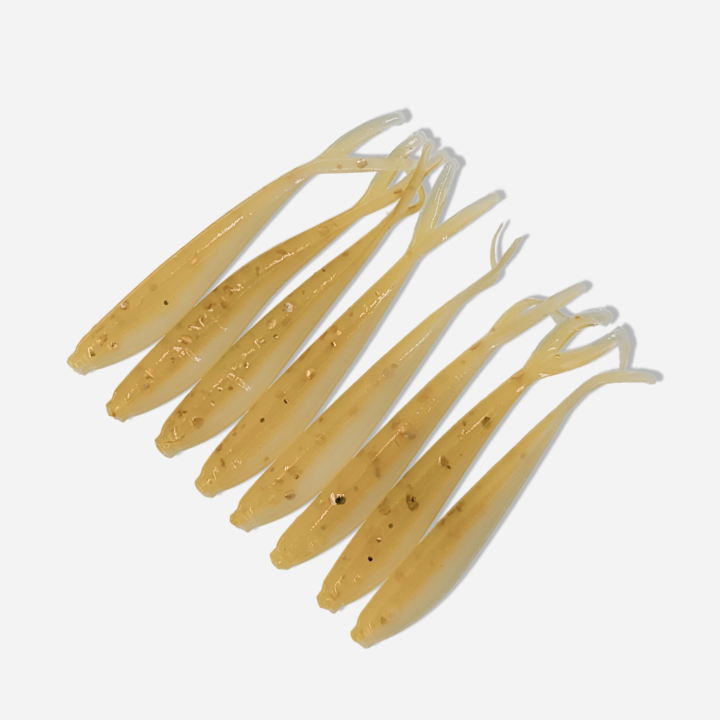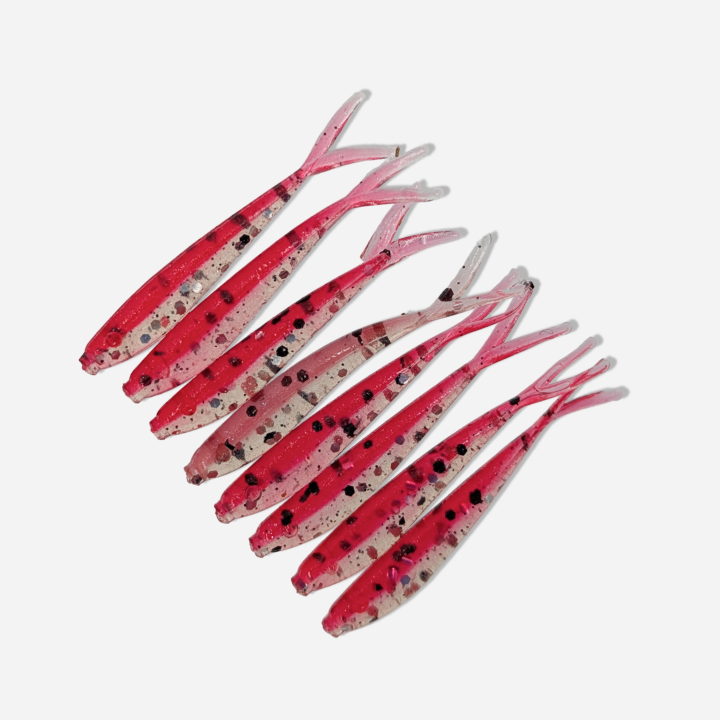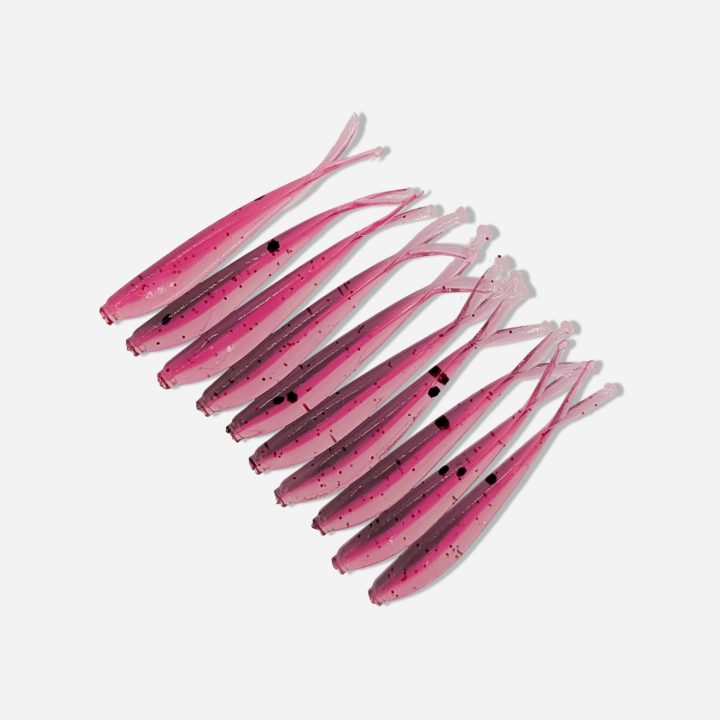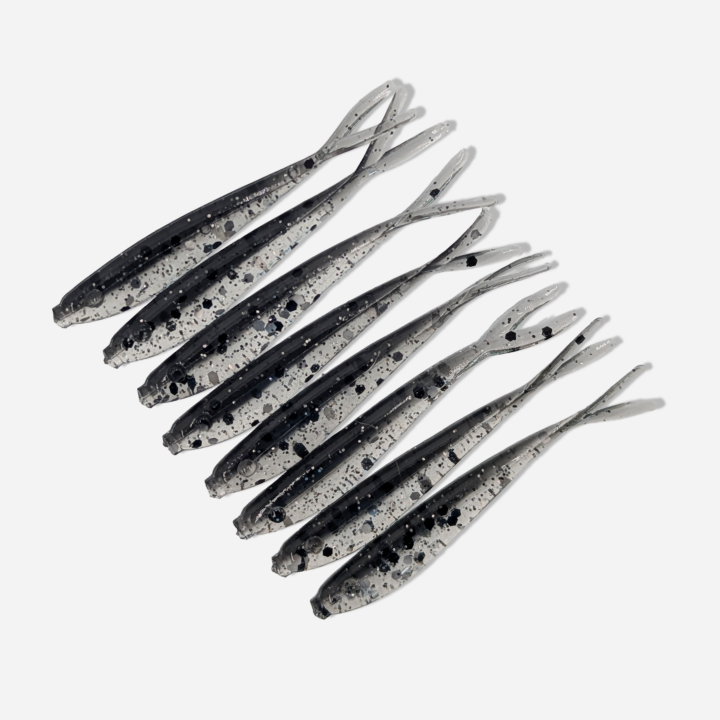The Freshest
Fish Plant Updates
Subscribe and get California Fish Plant Updates with full access to the real time data
Tested in California Waters
MADE BY CALIFORNIA ANGLERS
In Case You Missed It: Finesse anglers are using spoons to get the bite
Dancin Fish Baits continue to produce solid results for anglers all across SoCal. The 3g size has been the go-to choice for finesse anglers targeting pressured trout in clear water conditions, delivering consistent bites with its subtle action and natural presentation.







